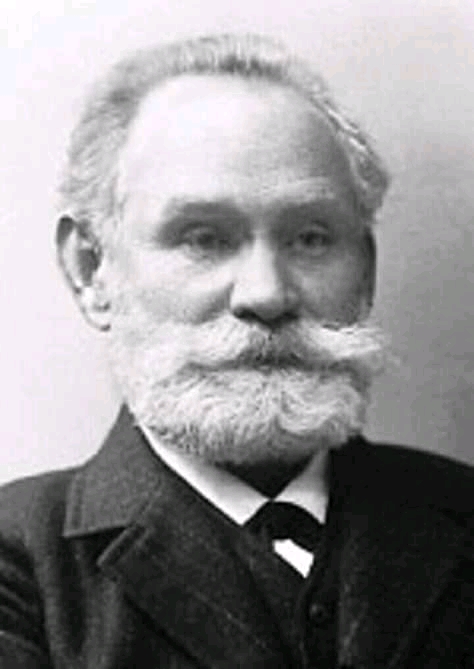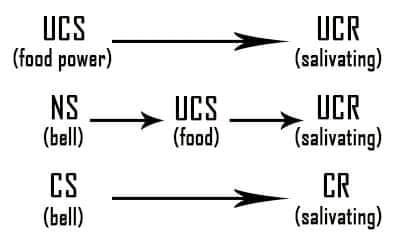Classical Conditioning—Learning By Association

What is Learning?
Learning is the process where by experience produces a relatively permanent change in behavior. In other words, learning occurs when there is some form of behavioural change as a result of experience. The main point here is that the change must be relatively enduring. When you learn something and forget it in a short time, learning has not occurred. I remember back in high school, I will learn Mathematics so quickly, but I will forget everything I learned within a short period. This is not learning. There are various kinds of learning as identified by Psychologists. We have;
- Habituation: A decrease in response to stimuli as a result of repeated exposure. For example, you become afraid when you see earthworm, but after a repeated exposure to earthworm, you no longer fear earthworms. Learning has taken place.
- Classical Conditioning which I will talk about soon.
- Operant Conditioning: Learning by consequences (reinforcement and punishment).
- Social Learning: Learning by observation. You see someone engage in an activity and then you emulate and learn along.
Classical Conditioning
Classical Conditioning also known as learning by association is a form of learning in which a person or an organism learns to associate two stimuli, such that one stimulus comes to elicit a response that was elicited by the other stimulus. This form of learning was discovered in the 1800s by the Russian Psychologist and Theologian, Ivan Pavlov.

Pavlov's Discovery Of Classical Conditioning
In the 1860s, there was a renowned Russian psychologist known as Ivan Pavlov. Pavlov was conducting a research on digestion in dogs and even won the Nobel Prize in 1904.
In his study of dogs, Pavlov presented food to dogs and measured their salivary rate. During this time, he accidentally discovered something. This discovery became very important.
He discovered that with repeated presentations, the dogs salivate before the food was brought, even when they hear footsteps coming.
To further confirm the observation, Pavlov and his team associated ringing of bell to the food. Ringing of bell does not cause dogs to salivate, yet after repeatedly associating the sound of the bell with the food, the dogs began to salivate to the sound of the bell alone. This was what brought about the idea of classical conditioning. Hence, classical conditioning is also called Pavlovian conditioning. This discovery became one of the most important discoveries in the history of psychology.
This is important, not because of the specific findings, but because of the underlying principle. This underlying principle is applied in many situations including health, psychiatry, and business activities such as advertisements, marketing and sales promotion.

Everyday Applications of Classical Conditioning
Classical conditioning is a common phenomenon. We practice it everyday. When I was small I feared loud noises, especially when sitting down alone. But I became neutral to loud noises after I started school. The noises from my colleagues in class literally made me adaptive to any form of noise.
The underlying principle here is that phobia or fear is sometimes conditioned. So it is discovered that behavioural treatments that are partly based on the principle of classical conditioning are among the best psychotherapies for phobias. The idea is that if phobias are learned, they can be unlearned.
People who have strong fears for animals such as snakes can unlearn or do away with such fears by probably going to the zoo and watch snakes, first from a long distance, then gradually move closer to the snake, and you will see your fear or phobia disappear into thin air.
Was this article helpful?
© 2020 Ernest Festus Awudey








